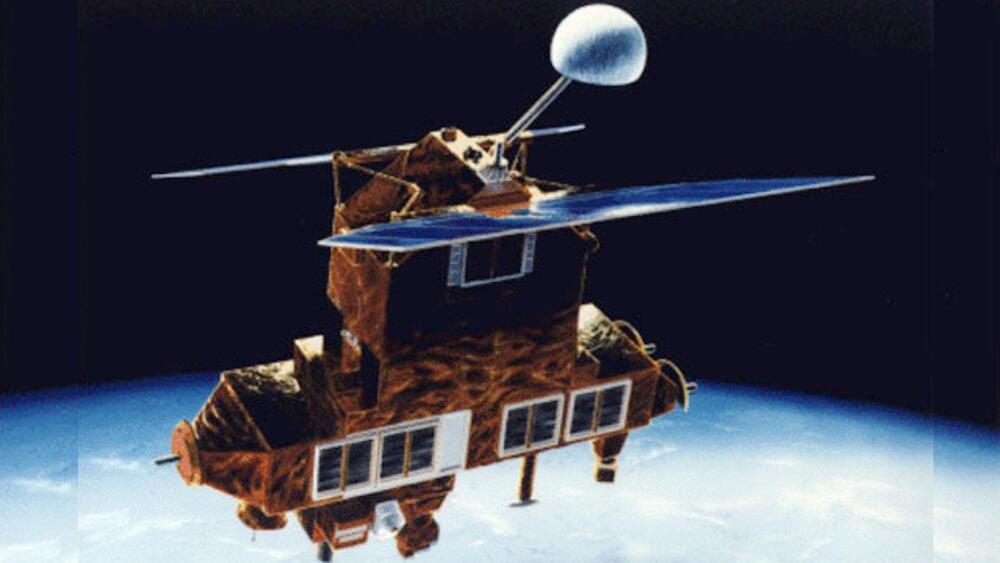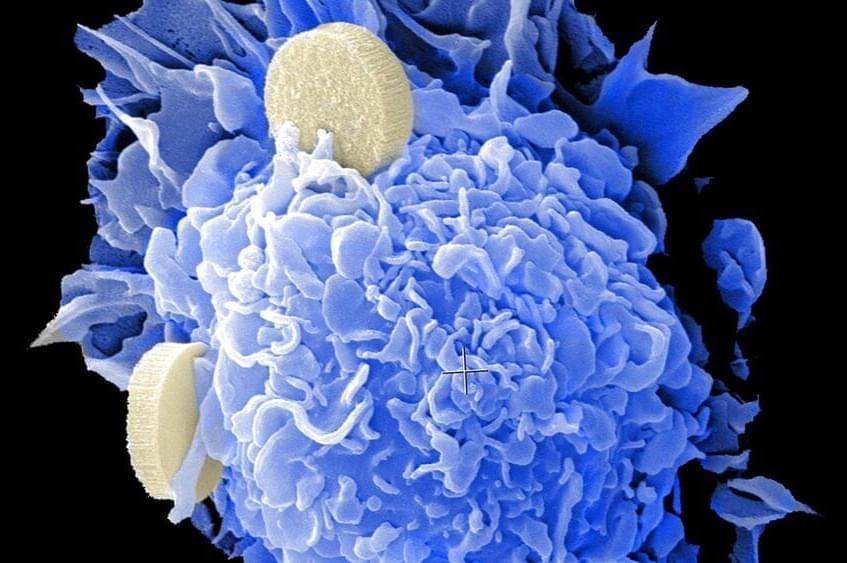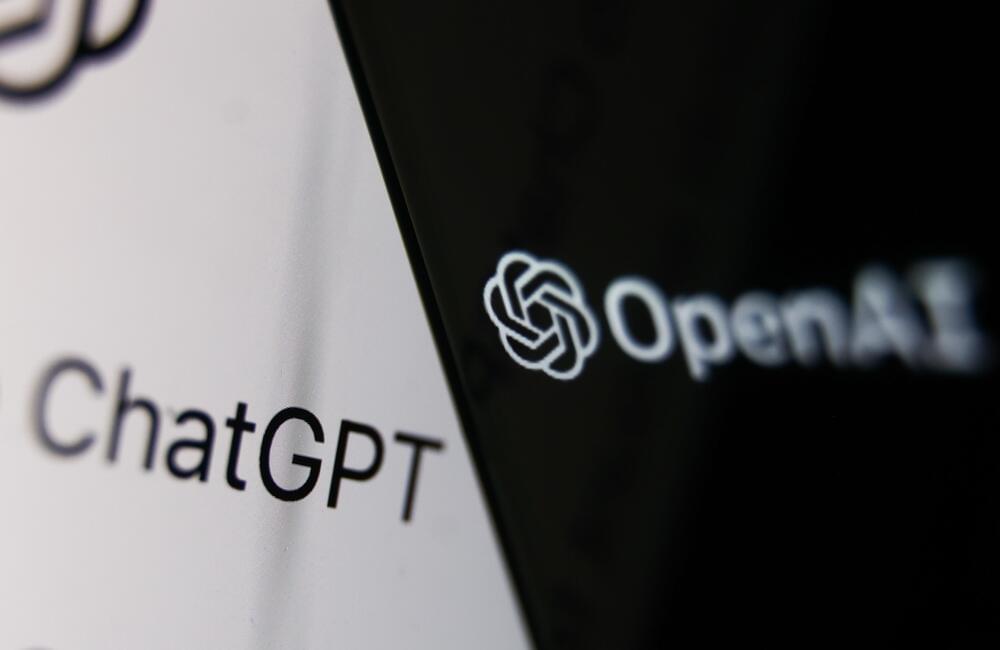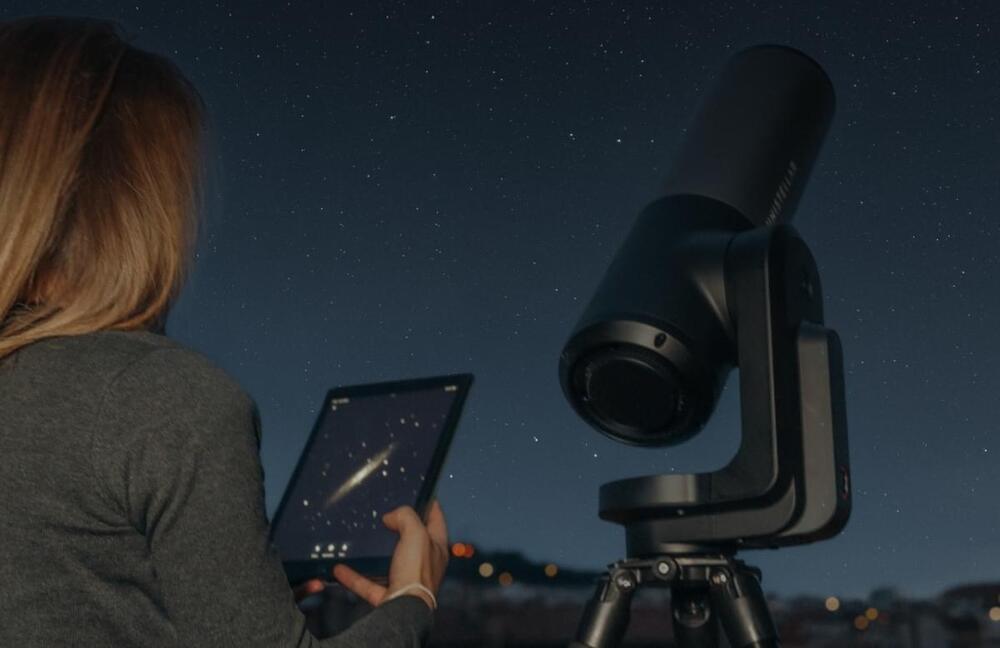“The 5,400-pound satellite will reenter the atmosphere at approximately 6:40 pm EST on Sunday, January 8,” with no risk to humans.
National Aeronautics and Space Administration’s (NASA) defunct satellite is poised to hit the ground on Sunday.
“The Department of Defense predicted that the 5,400-pound satellite will reenter the atmosphere at approximately 6:40 p.m. EST on Sunday, January 8, with an uncertainty of +/- 17 hours,” read the statement.
Wikimedia Commons.
Earth Radiation Budget Satellite (ERBS), launched in 1984, spent nearly 40 years in orbit as part of the Earth Radiation Budget Experiment (ERBE) mission, according to a press release by the U.S. Space Agency on Friday.








